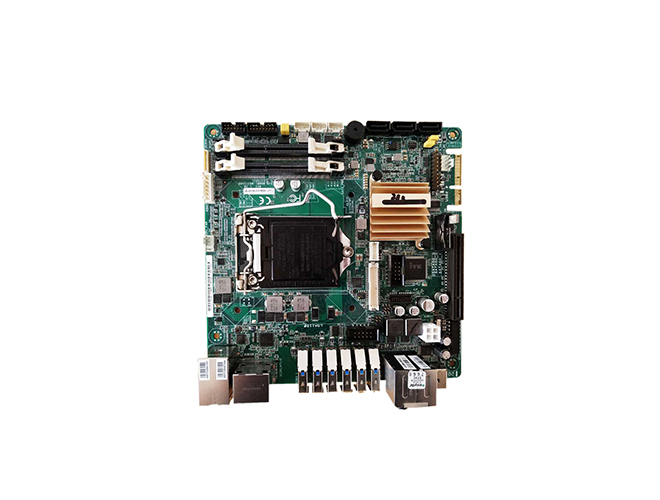-
CN
-
Service Hotline
+8618129931046 Mr. Liao


Time:2025-06-19 Views:1

Flexible antennas designed on Flexible Printed Circuit (FPC) boards have emerged as a significant innovation in the field of wireless communication. These antennas combine the advantages of FPC boards, such as flexibility, conformability, and ease of integration, with the functionality of antennas, enabling a wide range of applications in modern electronic devices.
The design of flexible antennas on FPC boards involves several key considerations. First, the antenna's radiation pattern and impedance matching need to be carefully optimized. The radiation pattern determines the direction and range of the wireless signal transmission, while impedance matching ensures maximum power transfer between the antenna and the radio frequency (RF) circuit. Different types of antennas, such as planar inverted - F antennas (PIFA), monopole antennas, and loop antennas, can be designed on FPC boards. For example, PIFA antennas are commonly used in mobile devices due to their compact size and good performance in the microwave frequency range. The design process involves using electromagnetic simulation software to model the antenna structure, adjust parameters such as the size, shape, and position of the antenna elements, and predict its performance before physical implementation.
The materials used in the FPC board also have a significant impact on the antenna's performance. The dielectric constant and loss tangent of the FPC board's substrate material affect the antenna's resonant frequency and radiation efficiency. Low - loss and low - dielectric - constant materials are often preferred to minimize signal attenuation and improve the antenna's performance. Additionally, the copper traces on the FPC board used to form the antenna elements need to have good conductivity and stability.
Flexible antennas on FPC boards have diverse applications. In mobile devices such as smartphones and tablets, they can be integrated into the device's body or even in flexible components like flip - covers or cases, providing reliable wireless connectivity while maintaining the device's slim and flexible design. In the Internet of Things (IoT) field, these antennas are used in wearable devices, smart home sensors, and industrial monitoring equipment. For example, in a wearable fitness tracker, a flexible antenna on an FPC board can be easily integrated into the band, enabling seamless communication with a smartphone or other devices for data transfer. In automotive applications, flexible antennas on FPC boards can be installed in various parts of the vehicle, such as the dashboard, door panels, or even on flexible surfaces like the sunroof, providing better signal reception for functions like GPS navigation, Bluetooth connectivity, and in - vehicle infotainment systems.